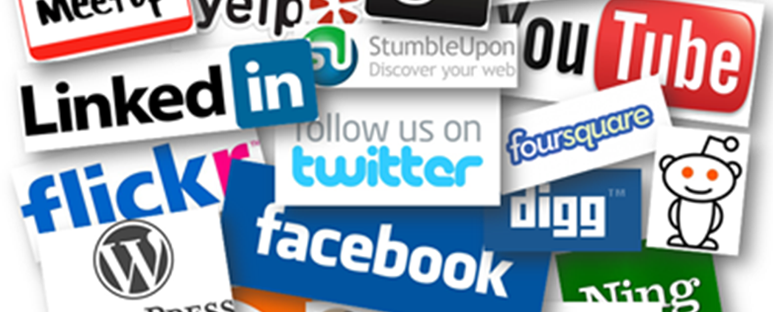- 1971 - It was first sent e-mail. Two computers were in close proximity to each other.
- 1978 - BBC (BULLETIN BOARD SYSTEMS) exchange data with other users by using the telephone line.
- 1978 - There were the first instances of Web browsers. Of distributions on the USENET
- 1994 - One of the first social networking GEOCITIES. Members create their own sites by categories one of six "cities".
- 1995 - THEGLOBE.COM gives users the freedom to personalize their online by publishing their experience of their own content and interact with other sites with similar interests.
- 1997 – AOL, the instant messenger was launched. It became popular for instant messaging.
- 2002 – FRIENDSTER was launched. In the first three months it scored about 3 million users.
- 2003 – MYSPACE was launched. First it was conceived as a receiver FRIENDSTER. The first version was hastily coded in 10 days.
- 2004 – Facebook was launched.
- 2006 – Twitter was launched. At the end of 2010 FIFA World Cup in Denmark and Japan, Twitter users published around 3283 tweets per second.
- 2008 - Facebook is becoming the most popular social network.
There are the following types of resources in the form of Web 2.0:
- Bookmarks (Social bookmarking). Some websites allow users to make available a list of bookmarks, or other popular Web sites. Such sites can also be helpful in search for users with common interests. Example: Delicious.
- Social directories (Social cataloging) resemble social bookmarking, but focused on the use in the academic field, allowing users to work with databases of citations from scientific articles. Examples: Academic Search Premier, LexisNexis Academic University, CiteULike, Connotea.
- Social libraries are applications that allow visitors to post links to their collections, books, tapes, and so on. P., Available to others. Supports system recommendations, ratings and etc. N. Examples: discogs.com, IMDb.com.
- Social archives - services for sharing storage media. They are can be classified according for classifications of files to be placed on those servers.
- Specialized social networks. Bringing people according to certain criteria (eg, age, sex, religion, some hobbies, and so on. D.).
- Professional social network designed to communicate on professional topics, exchange of experience and information, research and job offers, business linkages. Examples: LinkedIn, My Circle, Professionaly.ru
- Corporate social networks solve problems of organization and support of the company.
- Services for document collaboration;
- Geo-social networks allow establishing social bonds based on the geographical location of the user. By using different tools geolocation (e.g., GPS system or hybrid technology AlterGeo type), which enable to determine the current location of a user and correlate its position with the location in space of different places and the people around.










